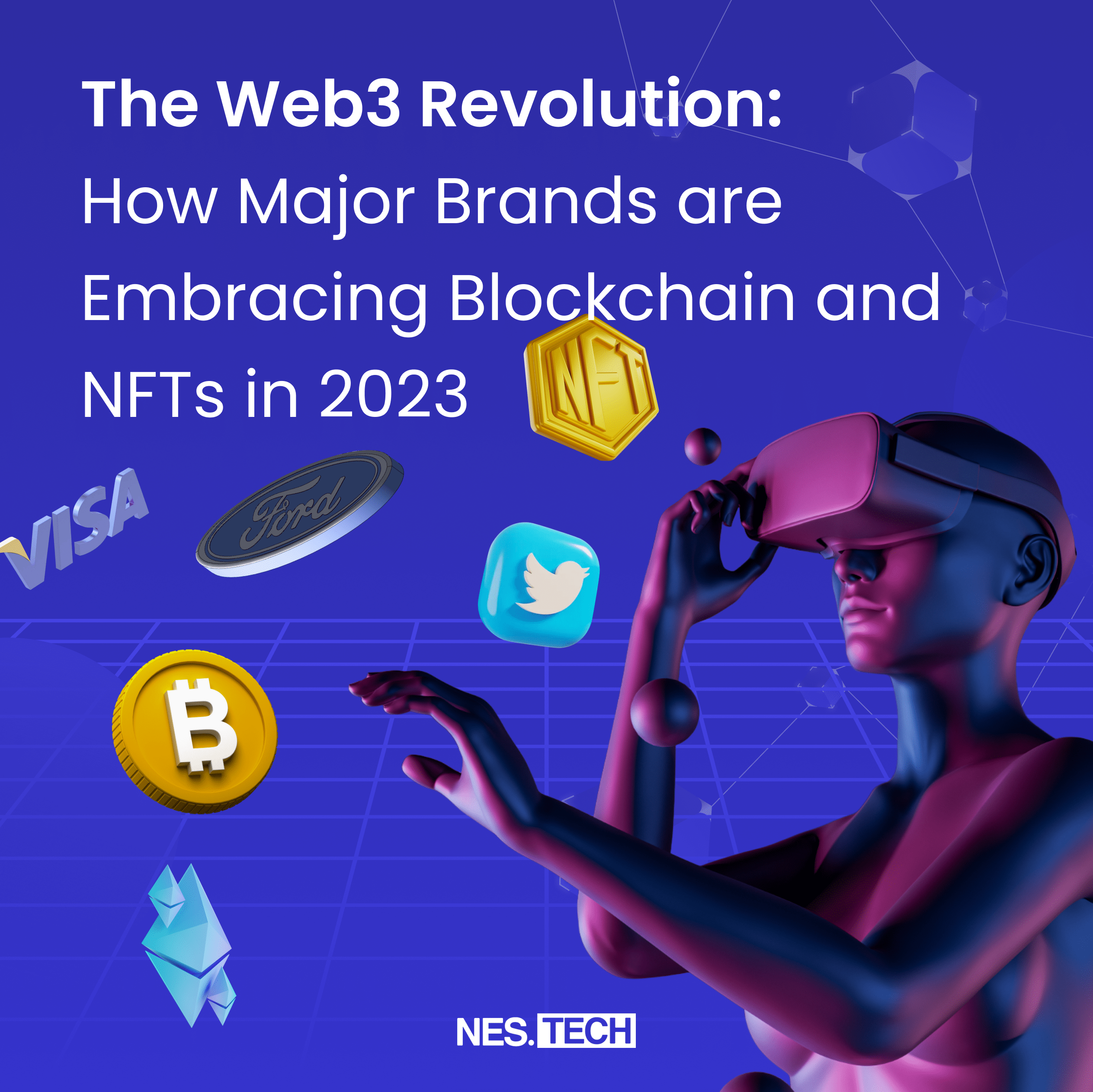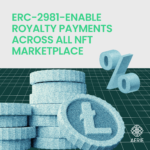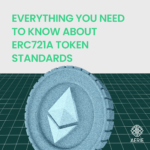The Web3 Revolution: How Top Brands Will Use Blockchain In 2023

The year 2023 marked a paradigm shift in the strategies of major brands, as they enthusiastically embraced the disruptive potential of Web3 technologies. This shift is not merely a trend but a strategic move to redefine customer engagement, loyalty, and commerce. Let’s delve into the top six use cases that defined the Web3 landscape for these forward-thinking brands, exploring real-world examples and key start-ups leading the charge.
1. Post-Purchase Marketing:
Example: Gucci Vault Material NFTKey Start-ups: Dematerialzd.xyz
Owning an NFT now grants users access to exclusive branded products, content, or experiences. Major brands like Gucci are leveraging this by offering exclusive physical sales, special community access, virtual experiences, and loyalty activations through NFT ownership.
Case Study: Gucci’s Web3 Activation Gucci introduced the Gucci Vault Material NFT, granting holders exclusive access to limited-edition products, virtual events, and a dedicated community. This not only enhances brand loyalty but also creates a sense of exclusivity for NFT owners.
2. Connect Physical Goods to Virtual Counterparts:
Examples: adidas X BUGATTI, Nike Air Force 1 Low “TINAJ”Start-ups: collectID, IYK, Arianee, Boson Protocol (partner of Dematerialzd.xyz)
Brands are bridging the physical and digital realms by connecting physical products to digital collectibles. Users link their wallets to physical items through visual or electronic tags, allowing brands to transparently limit product quantities, launch digi-physical activations, and engage in Web3 commerce.
3. Authenticate and Trace Products:
Examples: Dior B33 sneakers, Bulgari ‘Serpenti in Art’ Leather Goods CollectionStart-ups: EON, KORE Technologies Switzerland, Aura Blockchain Consortium, Arianee
With a focus on ensuring product traceability and authenticity, brands are leveraging blockchain technology to comply with initiatives like the European Digital Product Passport (DPP). This ensures transparency and builds trust among consumers, crucial in the era of digital marketplaces.
Tokenization Case Study: Bulgari’s Project Genesis Bulgari utilized blockchain technology to tokenize its ‘Serpenti in Art’ Leather Goods Collection, allowing consumers to verify the authenticity and origin of their luxury purchases.
4. Community Building & Co-Creation:
Examples: Nike .SWOOSH, Lacoste UNDW3, Fiat Pass
Brands are leveraging ownership incentives through NFTs to enhance community engagement, participation, and co-creation. This approach fosters a sense of belonging and shared ownership among the community members.
Case Study: Nike’s .SWOOSH Community Nike’s .SWOOSH community offers NFT holders exclusive access to virtual events, collaborative design sessions, and limited-edition drops, creating a vibrant and engaged community.
5. Monetize Intellectual Property:
Examples: KARL LAGERFELD Tribute Collection, The Coca-Cola Company On-Chain SummerStart-ups: NFTY Labs, Mintable, Rarible
Brands are monetizing their intellectual property by selling limited digital collectibles featuring branded designs or trademarks. This allows brands to tap into the growing market for digital art and collectibles.
6. Loyalty Programs with Blockchain-Based Loyalty Economies:
Examples: Starbucks Odyssey, Fiat Pass, Reddit CollectiblesStart-ups: Loyal, Loyyal, Qredo
Blockchain-based loyalty programs offer brands innovative ways to reward and engage customers. By tokenizing loyalty points, brands create transparent and secure loyalty economies, enhancing the overall customer experience.
Loyalty Case Study: Starbucks Odyssey Starbucks introduced the Starbucks Odyssey loyalty program, where users earn blockchain-based tokens for purchases, leading to exclusive rewards and personalized offers.
Data: The Unseen Powerhouse of Web3:
All these Web3 activities generate a wealth of first-party data stored in wallets, the primary user interface in Web3. This abundance of data allows brands to cultivate direct, personalized customer relationships, presenting a significant opportunity, especially in the context of the declining reliance on cookies.
Start-ups to Watch: absolute labs, Addressable.io, Cookie3, Web3Sense, Spindl
In conclusion, major brands are not merely dipping their toes into the Web3 waters; they are diving in headfirst, leveraging blockchain and NFTs to revolutionize customer engagement, loyalty, and the very nature of commerce. As we navigate this exciting era, these Web3 pioneers continue to set the stage for a decentralized and customer-centric future.









